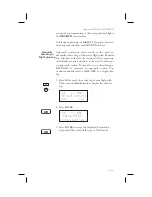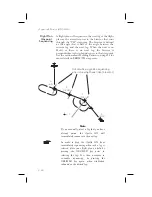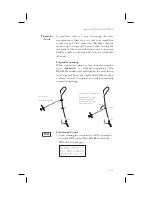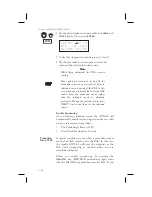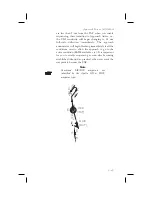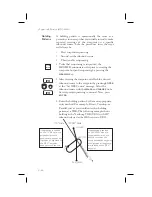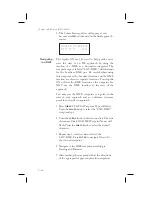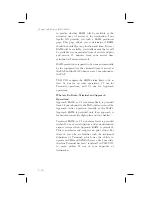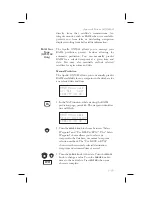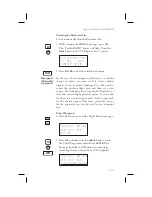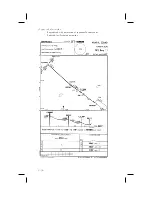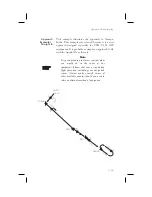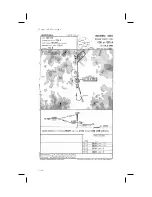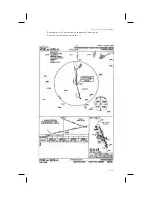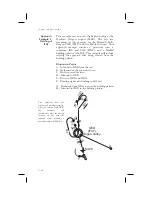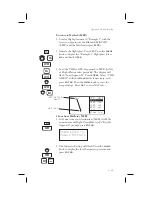
navigation as long as you verify the accuracy of your
position by other means at least every 15 minutes
until RAIM becomes available again. This can be
accomplished by cross-checking your GPS position
against that of other navigation instruments. Even
during times of no RAIM, if your Apollo GPS
determines that it cannot provide an accurate position
due to poor satellite availability or geometry, it will
flag the navigation display as invalid. If the Apollo
GX is providing valid navigation data, then it is still
capable of providing good IFR navigation as long as
the satellite data is good.
What Does A RAIM Alarm Mean?
A RAIM alarm means that the navigation data cannot
be trusted to be within the alarm limit. A RAIM alarm
means that the Apollo GX has determined that there
is something wrong with the data it is receiving from
one or more satellites. The data may be corrupted by a
satellite failure, such as a clock failure, or it may have
been corrupted by some form of signal interference. A
RAIM alarm will also be accompanied by flagging all
navigational displays as invalid. If you should ever see
a RAIM alarm, do not trust the GPS position, and
revert to other means of navigation as appropriate.
How Often Do Satellite Failures Occur?
There is not enough data to provide a good answer;
however, it is known that they can and do happen.
Satellite clock failures, one of the more probable
failures, is more likely to occur on the older Block-I
satellites, but this does not mean that it can’t happen
on the newer ones. When a satellite failure does
happen, it can result in undetected error of miles in
the position if a receiver is using the failed satellite in
its navigation solution.
When a satellite fails, even if that failure is detected by
an earth-based monitoring station, it can be some
time before an uplink to that satellite can occur.
During that time, there is no way for a GPS receiver
to know that the information from that satellite is bad
9-32
Approach Basics (GX50/60)
Summary of Contents for 50
Page 1: ......
Page 194: ...9 4 Approach Basics GX50 60 ...
Page 232: ...9 42 Approach Examples ...
Page 240: ...9 50 Approach Examples ...
Page 245: ...9 55 Approach Examples ...
Page 266: ...Notes 9 76 Approach Examples ...
Page 271: ...Charts have been reduced for illustrative purposes 9 81 Approach Notes ...
Page 275: ...Reduced for illustrative purposes 9 85 Approach Notes ...
Page 276: ...Charts have been reduced for illustrative purposes 9 86 Approach Notes ...
Page 314: ...Notes 15 12 Glossary ...
Page 323: ......


